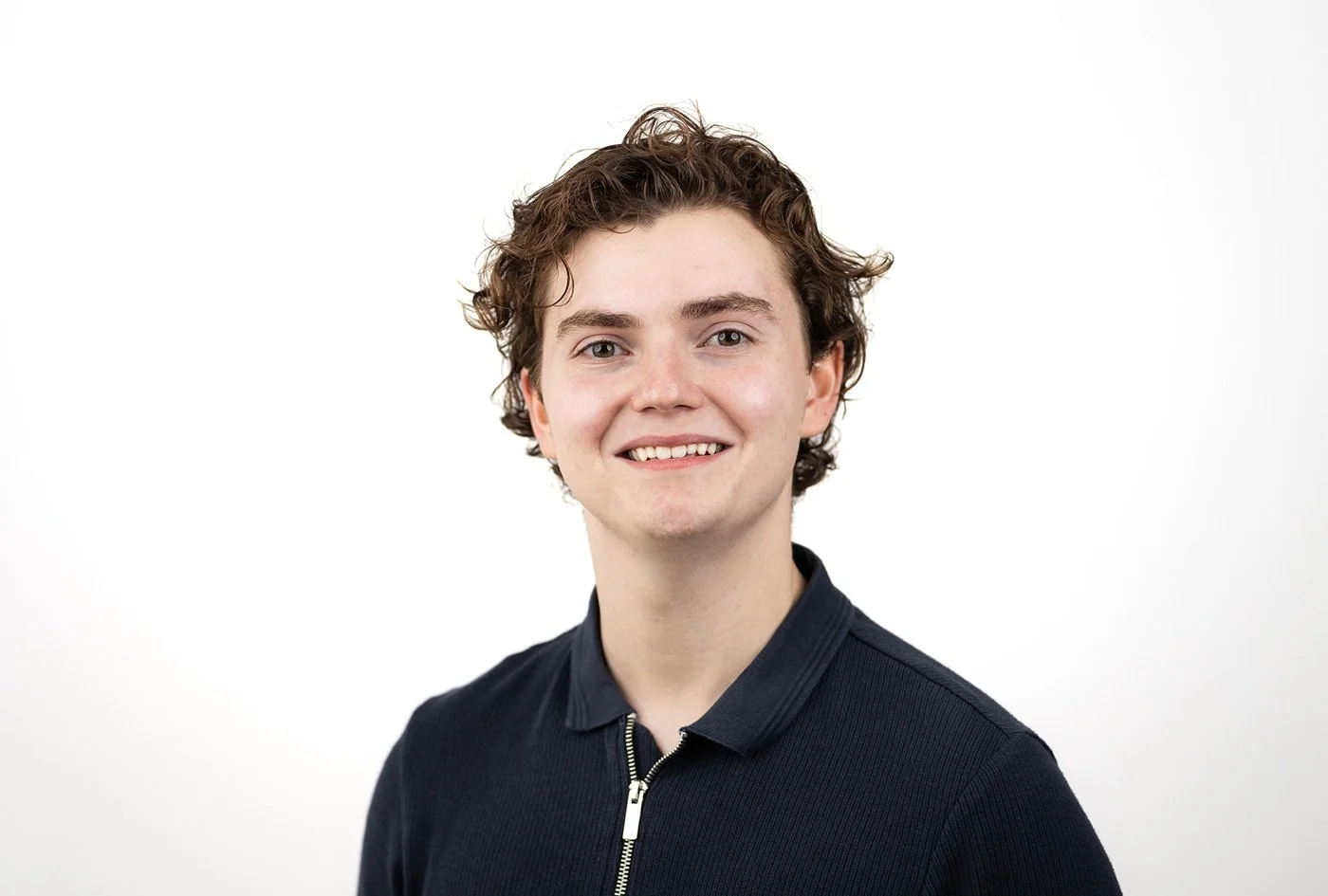Amygdala circuits, affect, and control
Dr. Peter Kaskan PhD | Assistant Professor
Department of Neurological Surgery
Department of Neuroscience
peterdotkaskan@einsteinmeddotedu
My work seeks to determine the neural circuits by which stimuli become behaviorally relevant, and how that information is represented in the brain, influencing actions and choices, and giving rise to human emotional experiences. The human experience also involves learning about “good” and “bad” stimuli and making choices to overcome aversive stimuli and events, which can involve new learning or cognitive mechanisms of control or reappraisal.
The amygdala is a central node in circuits processing affective stimuli that can elicit emotions. Although the amygdala is closely linked to emotional and mental health, it has been difficult to understand its precise role in certain operations and develop evidence-based interventions in humans because it is involved in multiple, overlapping functions.
These functions likely depend on extensive connections with cortical areas such as the anterior cingulate (ACC), ventromedial prefrontal (vmPFC; sometimes called subgenual ACC in the clinical literature), and orbitofrontal cortex (OFC).
I use the opportunity afforded by human neurosurgical procedures to record local field potentials (LFPs) and single-unit spiking activity from subcortical areas in human patients undergoing deep brain stimulation and intracranial recordings (iEEG). Clinically implanted electrodes are used to record data and casually manipulate amygdala and ACC circuits by delivering stimulation during behavioral performance.
Dr. Kaskan joined the faculty of Neurological Surgery in September 2020 after training in intraoperative neurophysiological monitoring for deep brain stimulation at the University of Louisville following his postdoctoral fellowship in the Laboratory of Neuropsychology at the National Institute of Mental Health. Dr Kaskan received a secondary appointment in Neuroscience at Albert Einstein College of Medicine in August 2023. He collaborates with research groups at the University of Iowa, University of Rochester, and Weill-Cornell Medicine.
Dr. Kaskan received his bachelor's degree from Clark University and went on to study at Cornell University and RIKEN Brain Science Institute in Tokyo, Japan. He earned his Ph.D. in Psychology (Neuroscience) from Vanderbilt University and completed his postdoctoral training at the National Institutes of Health, with partial support from a NARSAD Young Investigator Grant from the Brain and Behavior Foundation (2014).
Lab Members
-

Luke Dorrian, BS | PhD Student
Collaborators
Human Brain Research Lab, Department of Neurosurgery, University of Iowa: hbrl-neurosurgery.lab.uiowa.edu/
Selected Publications
Tang EW, Tatz JR, Hassan U, Berger JI, Boes DA, Keller CJ, Russo S, Kaskan P, Jiang J, Trapp NT. 2024. Transcranial magnetic stimulation with intracranial recording in humans and primates: a review. Brain, 2025.
Eldridge MAG, Mohanty A, Hines BE, Kaskan PM, and Murray EA. 2024. Aspiration removal of orbitofrontal cortex disrupts cholinergic fibers of passage to anterior cingulate cortex in rhesus macaques. Brain Structure and Function 2024.
Kaskan PM, Nicholas MA, Dean AM, Murray EA. 2022. Attention to Stimuli of Learned versus Innate Biological Value Relies on Separate Neural Systems. Journal of Neuroscience 42(49) 9242-9252.
Kaskan PM, Dean AM, Nicholas MA, Mitz AR, Murray EA. 2019. Gustatory responses in macaque monkeys revealed with fMRI: Comments on taste, taste preference, and internal state. NeuroImage 184: 932–942.
Kaskan PM, Costa VD, Eaton HP, Zemskova JA, Mitz AR, Leopold DA, Ungerleider LG, Murray EA. 2017. Learned value shapes responses to objects in frontal and ventral stream networks in macaque monkeys. Cerebral Cortex 27, 5: 2739–2757.
Baldwin M, Kaskan PM, Zhang B, Chino Y, Kaas JH. 2012. Cortical and subcortical connections of V1 and V2 in early postnatal macaque monkeys. JCN 520: 544-69.
Kaskan PM, Dillenburger BC, Lu HD, Roe AW, Kaas JH. 2010. Orientation and direction-of-motion response in the middle temporal visual area (MT) of New World owl monkeys as revealed by intrinsic-signal optical imaging. Front Neuroanat 4: 23.
Kaskan PM, Lu HD, Dillenburger BC, Kaas JH, Roe AW. 2009. The organization of orientation-selective, luminance-change and binocular domains in the second (V2) and third (V3) visual areas of New World owl monkeys as revealed by intrinsic-signal optical imaging. Cerebral Cortex 19: 1394-1407.
Kaskan PM, Lu HD, Dillenburger BC, Roe AW, Kaas JH. 2007. Intrinsic-signal optical imaging reveals cryptic ocular dominance columns in primary visual cortex of New World owl monkeys. Front Neuroscience 1 (1) 67-75.
Kaskan PM, Kaas JH. 2007. Cortical Connections of the Middle Temporal and the Middle Temporal Crescent Visual Areas in Prosimian Galagos (Otolernur garnetli). Anat Rec 290, 349-366.
Collins CE, Xu X, Khaytin I, Kaskan PM, Casagrande VA, Kaas JH. 2005. Optical imaging of visually evoked responses in the middle temporal area after deactivation of primary visual cortex in adult primates. Proc Natl Acad Sci US A 102(15):5594-5599.
Kaskan PM, Franco EC, Yamada ES, Silveira LC, Darlington RB, Finlay BL 2005. Peripheral variability and central constancy in mammalian visual system evolution. Proc Biol Sci 272(1558):91-100.
Xu X, Collins CE, Kaskan PM, Khaytin I, Kaas JH, Casagrande VA. 2004. Optical imaging of visually evoked responses in prosimian primates reveals conserved features of the middle temporal visual area. Proc Natl Acad Sci US A 101(8):2566-2571.
Kaskan PM, Finlay BL. 2001. Encephalization and its developmental structure: How many ways can a brain get big? In Evolutionary Anatomy of the Primate Cerebral Cortex, Cambridge University Press.


